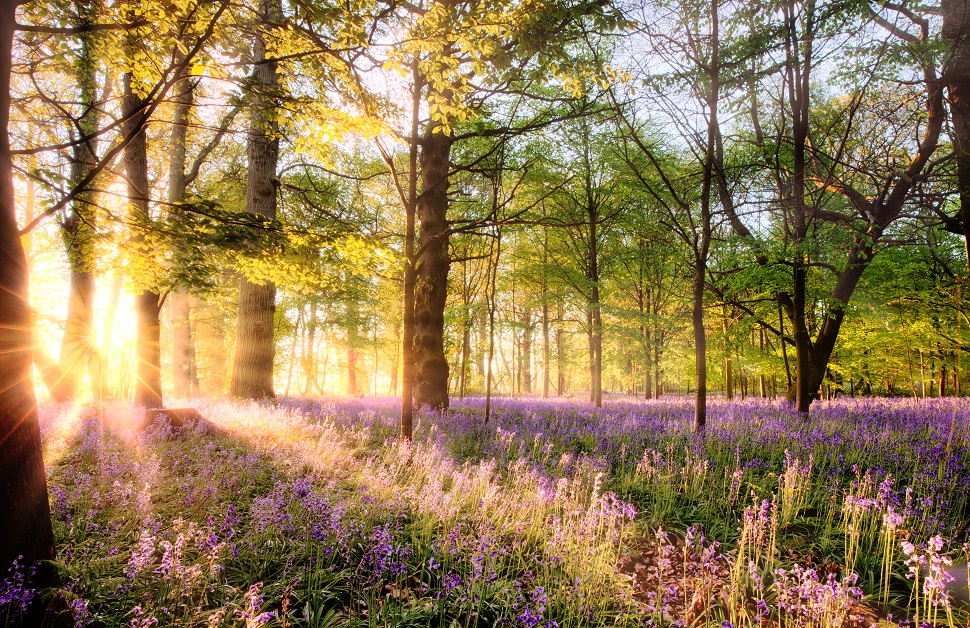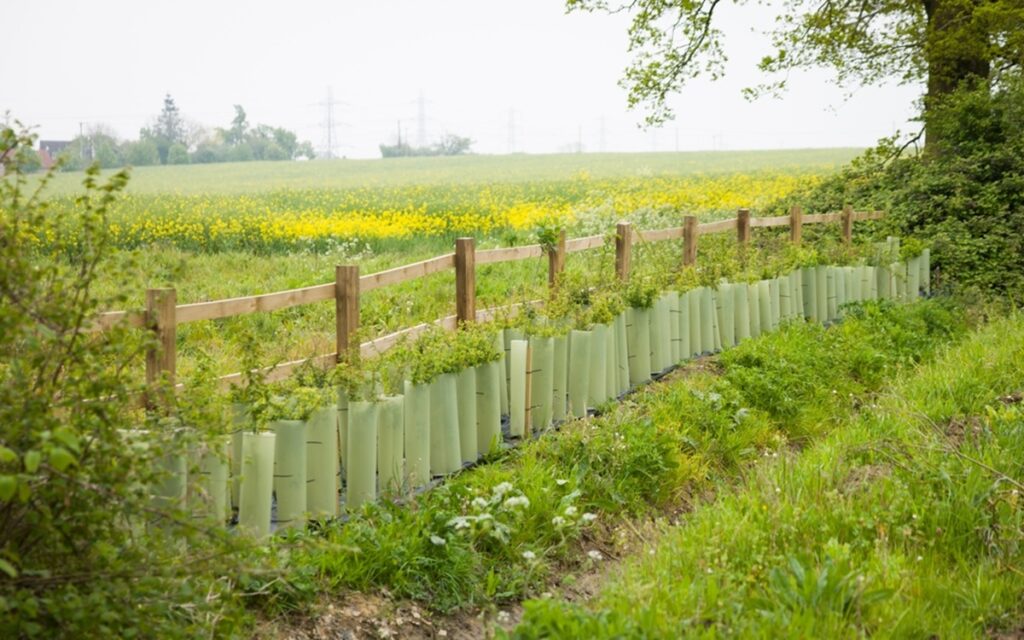Understanding Biodiversity Net Gain in Lincolnshire
The introduction of biodiversity net gain (BNG) through the Environment Act 2021 has reshaped the planning process in Lincolnshire. Since February 2024, almost all planning applications must demonstrate at least a 10% improvement in biodiversity compared with the site’s pre development biodiversity condition. This ensures that development across the county not only mitigates ecological impact but actively enhances the natural environment to leave it in a measurably better state.
A biodiversity net gain Lincolnshire assessment is now a mandatory requirement for most planning applications. Using the statutory Biodiversity Metric, a qualified ecologist will measure the site’s existing habitats and calculate its ecological value. These calculations are then compared with the projected biodiversity value post-development. Where the proposed scheme falls short, new habitat may be created or habitat enhancements might be integrated into the plans, either on-site or off-site, to reach the statutory biodiversity gain condition target.
Planning authorities with the Lincolnshire County Council area work closely with Natural England and Local Nature Recovery Strategies to ensure biodiversity net gain plans are robust, measurable, and legally compliant. Developers and landowners in the county must therefore build biodiversity net gain bng into their project designs from the earliest stage to avoid delays or refusals.

Lincolnshire’s Ecological Features and Priorities
Lincolnshire, in the east midlands, is one of England’s most diverse counties in terms of landscapes and habitats. It stretches from the rolling Lincolnshire Wolds Area of Outstanding Natural Beauty (AONB) in central Lincolnshire to the internationally important Humber Estuary and The Wash, both designated as Special Protection Areas (SPAs) and Ramsar wetlands.
The county is also home to irreplaceable habitat such as important chalk grasslands, ancient woodlands, fens, and a long coastline supporting wading birds, seals, and migratory species.
Sites such as Gibraltar Point National Nature Reserve, Whisby Nature Park, Donna Nook, and the Witham Valley wetlands highlight Lincolnshire’s ecological richness. Protected species frequently encountered in the natural environment include bats, badgers, otters, water voles, barn owls, and great crested newts.
A biodiversity gain plan in Lincolnshire must take account of these priorities and be aligned with the Lincolnshire County Council Local Nature Recovery Strategy, which emphasises the restoration of wetlands, river corridors, coastal habitats, and connectivity between small sites of fragmented woodlands and grasslands.
Pre Development Biodiversity Value Assessment
Preparing a biodiversity net gain bng Lincolnshire assessment begins with a baseline survey to map habitats and assess their condition. Ecologists use the government’s Biodiversity Metric to assign a value to each habitat to create a pre development biodiversity value.
The projected impacts of development are then analysed, with proposed landscaping and habitat creation measures factored in. If the 10% biodiversity gain cannot be achieved by on site habitat improvements, further enhancements or off-site biodiversity units must be secured, and agreements or conservation covenants are needed to demonstrate habitat management compliance over the required 30 years.
Some developments will also require additional protected species surveys to ensure legal compliance, such as for bats, great crested newts, reptiles, or badgers.
By integrating these surveys alongside the biodiversity gain assessment, developers can ensure projects meet both statutory biodiversity net gain requirements and wildlife legislation.

Delivering Biodiversity Net Gain in Lincolnshire
On-site delivery is always the preferred method of achieving biodiversity net gain in Lincolnshire, with enhancements such as wildflower meadow creation, hedgerow planting, wetland restoration, and woodland expansion. Lincolnshire’s large rural landholdings often provide opportunities for creating meaningful new habitats within the development footprint.
Where on-site delivery cannot meet the 10% target on small sites, developers can purchase biodiversity units from off-site providers, ideally located within the Lincolnshire County Council area to retain ecological benefits locally and satisfy the biodiversity gain condition.
As a last resort, it is possible to purchase statutory biodiversity credits from the government, but these are only acceptable where no other options exist for achieving biodiversity gain.
Protected Species and Planning Applications in Lincolnshire
Due to its rich biodiversity, Lincolnshire is home to many protected species and irreplaceable habitat. Any biodiversity net gain plan Lincolnshire may therefore need to be accompanied by species-specific surveys. Common requirements include bat activity surveys in woodland or farm buildings, great crested newt surveys for pond-rich areas, and water vole or otter surveys along rivers and drains.
Carrying out these on site habitat assessments early in the process ensures planning applications proceed smoothly and that BNG commitments align with Lincolnshire County Council requirements and wider ecological obligations.
What a Biodiversity Net Gain Plan Includes
A biodiversity net gain plan in Lincolnshire provides a detailed account of how a development will achieve measurable improvements and deliver bng. It sets out baseline and post-development calculations, new habitat and enhancement proposals, land management strategies, and a monitoring schedule for a minimum of 30 years, as legally required.
In Lincolnshire, local planning authorities also expect BNG plans to demonstrate consistency with county ecological strategies, ensuring that developments actively contribute to habitat networks and conservation priorities such as wetland recovery and woodland connectivity.
Professional Support for Biodiversity Net Gain Lincolnshire
Our ecology consultancy provides expert support for planning applications for developers, planners, and private landowners across the county. We deliver comprehensive biodiversity net gain Lincolnshire assessments, manage protected species surveys, and prepare fully compliant reports for submission with planning applications to ensure their smooth progress through the planning system.
From large-scale infrastructure projects to small sites, our experienced team ensures that your scheme will deliver bng, meeting the mandatory condition for net gain and local requirements while providing meaningful ecological benefits. We can also help to source off site bng units from suitable habitat banks in central Lincolnshire and advise on conservation covenants.
Request a Free Quote for Biodiversity Net Gain Lincolnshire
If your development requires a bng assessment in Lincolnshire, we can help. Our ecologists will carry out the on site habitat survey, calculate biodiversity values, and prepare a clear, compliant plan tailored to your site.
To start the process, contact us today for a free quote and to arrange a site visit. We will need further information such as the site address and your development aims, and we can then help you to steer your scheme through the planning system.
By integrating mandatory biodiversity net gain Lincolnshire into your project from the outset, you can secure planning permission while leaving the environment in a better state, creating a lasting positive impact on the county’s unique and varied natural environment.